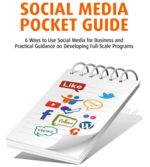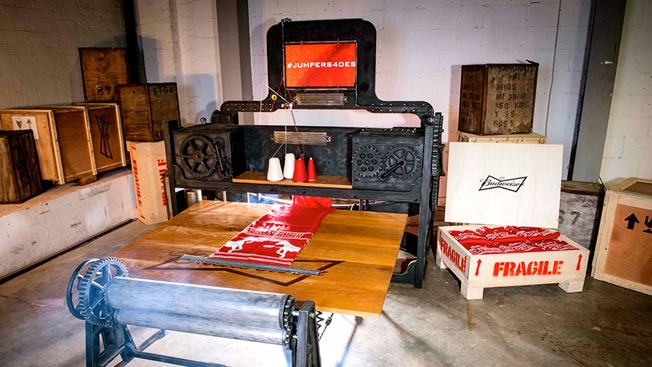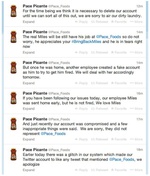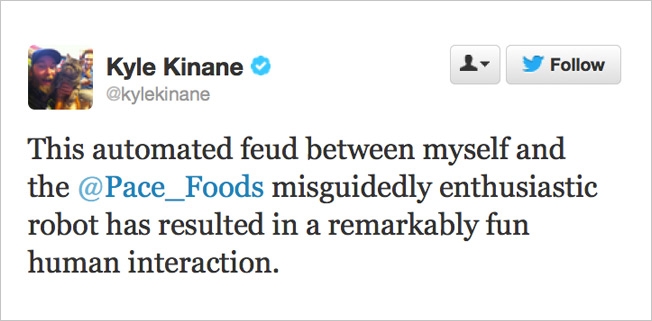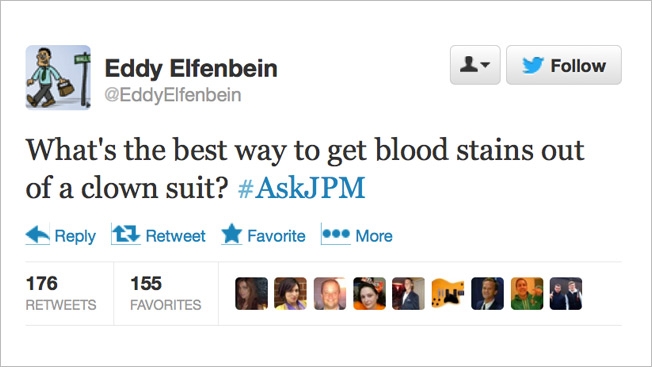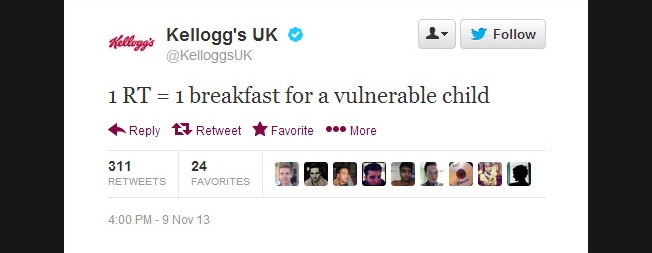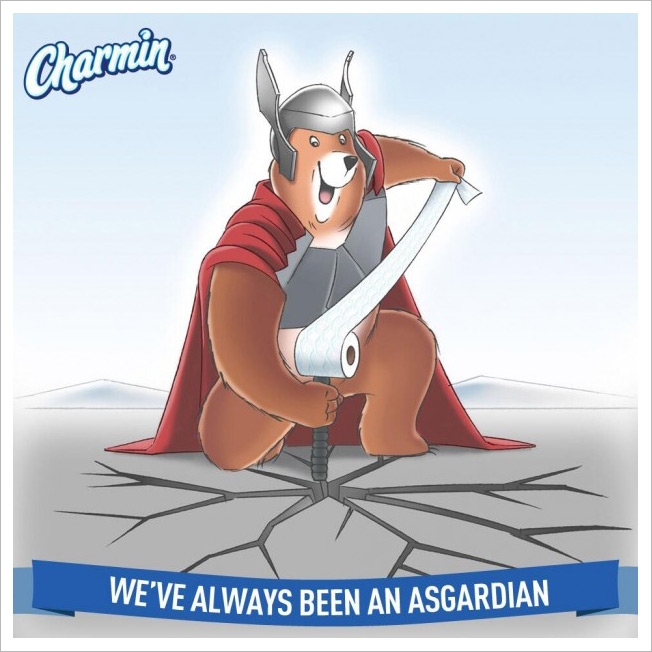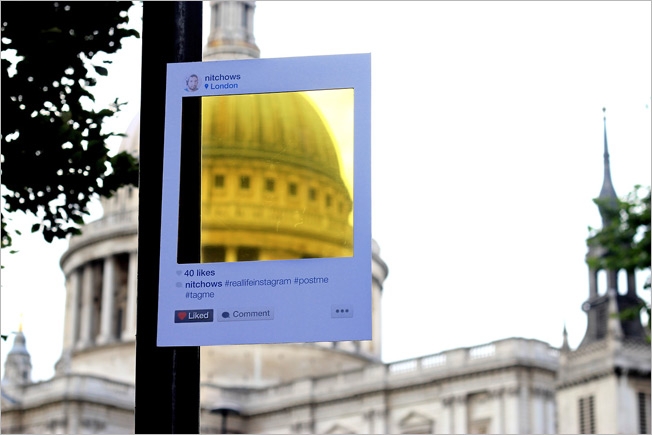When was the last time you were enthralled by B2B “content?”
If you’re struggling to remember, or are having daymares about your own content, the first thing you need to do is stop thinking of content as just “filler,” like packing peanuts or bubble wrap.
Visiting a website with filler content is a lot like walking into a living room and finding a coffee table book like “Extraordinary Chickens” or “United States Coinage: A Study By Type.” As a visitor, you’re under no obligation to read either book, but you have to question the judgment of the person who chose them. In other words, I would argue that bad content is worse than a lack of content.
This means that great content can also give B2B companies a serious leg up over their competition. Anyone can produce web copy, infographics, videos, slideshows, white papers, blog posts, cartoons and interactive gizmos, but not everyone can do it well.
Publishing, distributing, tracking and analyzing content has become much easier thanks to technology. But what in the world should B2B businesses try to create?
If you’re looking for a better starting point, here are three steps that can help.
1. Set a measurable goal
In Lewis Carroll’s Alice in Wonderland, a lost and troubled Alice asks the Cheshire Cat for directions. The exchange goes like this:
“Would you tell me, please, which way I ought to go from here?”
“That depends a good deal on where you want to get to,” said the Cat.
“I don’t much care where–” said Alice.
“Then it doesn’t matter which way you go,” said the Cat.
B2B content often sounds a lot like Alice: it never had a destination, so the subject and type of content never mattered.
Instead, set a quantifiable goal before choosing what you’re going to create.
Do you want website visitors to spend X% more time on your new product page? Do you want to boost blog traffic by Y%? Do you want to increase the sales conversion rate on your new software suite by Z%? Be specific and make sure you can measure your success. This will hold you and your team accountable for whatever you do create.
2. Give your visitors what they want
When you visit Google News, you want to be informed. When you load The Onion, you want witty entertainment. When you visit Dunkin’ Donuts, you probably want coffee.
However, when Dunkin’ launched in the 1950s it wanted people to buy donuts. Once local coffee shops, McDonald’s and Starbucks starting kicking its butt, Dunkin’ Donuts realized people wanted coffee first and donuts second. In the 1990s, Dunkin’ Donuts became a coffee shop with donuts.
If ‘donuts’ aren’t helping you reach any of the goals you set in Step 1, it’s time to search for your coffee and test your hypotheses.
HubSpot, the maker of inbound marketing software, could have created one of the world’s most boring B2B blogs, but instead they created one of the internet’s favorites. They figured out that their audience likes up-to-date marketing news, inbound marketing tips and the latest statistics on SEO, blogging, social media and marketing trends–all packaged in concise, readable posts. You don’t have to be a HubSpot customer to benefit from the overwhelming majority of their content.
Whether you aim to inform, entertain, inspire, argue or mesmerize your audience, before you publish anything, ask yourself: Why do they care? What’s in it for them? Am I giving them coffee or forcing down donuts?
3. What can we offer that nobody else can?
The Internet is a breeding ground for repurposing. It’s easier to re-Tweet, ‘like’ and copy/paste than it is to Tweet, post or write from scratch–so businesses often cringe at the idea of offering something entirely new.
Imitate all you want–the very best writers, filmmakers and artists are all prolific imitators–but add your personal touch. Original surveys or experiments could be a great option if you have the time, skill and money. But sometimes you just need a fresh, unusual perspective on a familiar topic. If you’re grasping for ideas, there are probably interesting characters at your company that can help out.
Chances are, that highly caffeinated, 60-year-old sales veteran who shouts across the office and replies all to every email has some great stories and unconventional opinions that would make for a fun post on sales strategies. Has that topic been covered? Many times, but that’s because people, including your B2B customers, probably care about making sales.
Don’t get trapped into believing that your business is too technical or confusing for lively content. If Stephen Hawking can make cosmology interesting and understandable for the masses, you can make your industry interesting to more people than you think.
A Final Test
After all your brainstorming, research, creating and editing, how do you know when a piece of content is ready to ship? I recommend two litmus tests:
1. If someone emailed you the content you just created, would you be grateful?
2. Does your content have any sentiment or piece of information you would repeat while out socializing with your friends?
If the answer is “no” to either question, pump the breaks and get some outside opinions.
Don’t beat yourself up though: you don’t have to publish the next Malcolm Gladwell book on your blog. Just set your goals, remember your audience and take the risk of offering something original and perhaps even risky.
This guest article was written by Jake Athey, Marketing Manager for Widen Enterprises and Smartimage.



